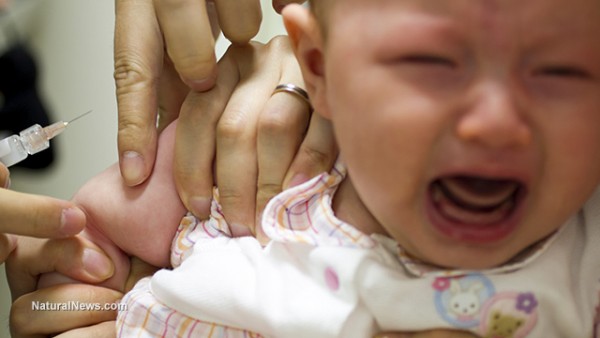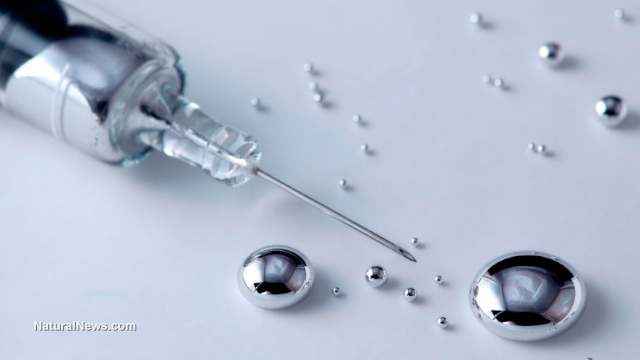
Scientists from The Senator Frank R. Lautenberg Environmental Health Sciences Laboratory and The Seaver Autism Center for Research and Treatment at Mount Sinai used evidence in baby teeth to determine how babies were affected by exposure to toxic elements like lead, and the beneficial essential elements manganese and zinc, during the second and third trimesters of pregnancy as well as in the early weeks after birth.
Lead is a potent neurotoxin, and according to the CDC, about six percent of all children under the age of five have toxic blood levels of this heavy metal. The developing nervous systems of children make them particularly vulnerable to the effects of lead.
Manganese is a vital mineral found in leafy green vegetables, nuts, legumes, seeds and whole grains, which the body uses to build strong bones. Zinc is essential for proper cell division, and can be found in large doses in nuts.
Baby teeth provide a similar record to trees, in that a new tooth layer is formed every week or so in the womb and in the early years of childhood. Each unique layer then provides a chronological record of exposure to micro chemicals. The research team was able to use lasers to reconstruct these past exposures and extrapolate data from them.
The scientists examined the levels of essential nutrients and toxic metals in the teeth of young twins. In some cases, both twins were neurodevelopmentally normal, while in other cases, one of the twins had been diagnosed with ASD while the other had not. The chronological records in the teeth of the healthy twins were compared with those where one of the twins had autism.
While scientists have long insisted that genes are the likely culprits when it comes to ASD, this study determined that environment has a serious role to play.
“Our findings underscore the importance of a collaborative effort between geneticists and environmental researchers for future investigations into the relationship between metal exposure and ASD to help us uncover the root causes of autism, and support the development of effective interventions and therapies,” said Abraham Reichenberg, Ph.D., of the Icahn School of Medicine at Mount Sinai.
Each toxin investigated affected the babies at different developmental stages, and the same was true of deficiencies in the uptake of essential minerals. The study reinforced earlier findings that fetal heavy metal exposure and impaired ability to absorb essential minerals are both associated with neurodevelopmental issues, including language problems, behavioral issues and attention deficit disorder.
This study is particularly interesting because the vaccines that parents have been insisting for years caused their children’s autism often contain heavy metals. The flu vaccine, for example, contains 25,000 times the mercury that the EPA deems safe for consumption in water. It’s not a stretch to imagine that if fetal and early childhood heavy metal exposure can cause autism, the heavy metals in vaccines also increase the risk. [RELATED: Discover where heavy metals are lurking at HeavyMetals.news]
Sources:
Please contact us for more information.























